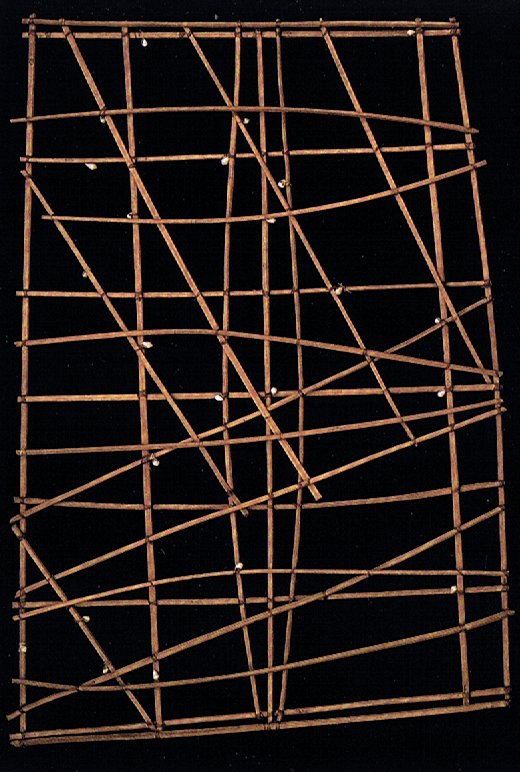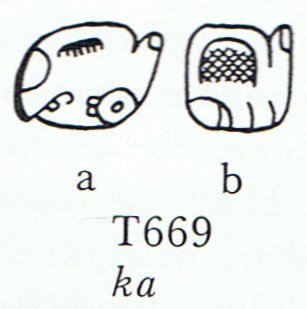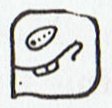|
TRANSLATIONS
The extensively long 'Interlude 2' has now reached its end. We have concluded the long rima glyph type explorations. Next glyph type in the dictionary is haga rave:  Up to now the first page of haga rave has been presented as follows, but it needs to be revised, of course:
There are two haga among the kuhane stations in summer, Hanga Takaure and Hanga Hoonu:
Then we have Akahanga, where instead hanga comes as the 2nd and last part of the word. As presented in tertials above there is no apparent connections between Akahanga, Hanga Takaure and Hanga Hoonu. But using quarters (the sun perspective) brings a possible connection into focus:
Hanga Takaure is the 3rd station in the 2nd quarter and Hanga Hoonu the 3rd station in the 3rd quarter, while Akahanga (reversed order) is the 4th station (i.e. a reversal between 3 and 4) in the 1st quarter. The 4th quarter is different - no hanga at all. Hanga Takaure is number 15 and Hanga Hoonu number 21. If we reverse the order between Hua Reva and Akahanga, number 15 - 6 = 9 will be Akahanga. The same effect will result if we count the stations in the 1st quarter beginning with Roto Iri Are going towards left and upwards. The rule of moon is the reverse of the rule of sun. It seems that hanga are primary in summer, and secondary in the 1st quarter. When sun is present there is a haga in each quarter, more prominent in summer than in the 1st quarter. If haga rave indicates change, then we could say that in the middle phase of each 'sun present' quarter change is due. Sun is present during 18 months, it seems, equal to the number of months in a Mayan tun. Maybe each one of these 18 kuhane stations has 20 days? 18 months divided by 3 and then divided by hanga in 2 would result in 3 months. 3 * 20 = 60. 3 wives of the sun gives the relation 3 : 1, and the reverse pattern is indicated by the kuhane stations, sun has been given 3 * 6 = 18 stations, while he is absent only during 1 * 6 stations. The question naturally now is if Seven Macaw (Itzam Yeh) holds reign during the 4th quarter. In a way 'Interlude 2' must continue. But first I have to add an item which I ought to have found earlier, because it refers to the meaning of the rima glyph type: "... Still another hand glyph (T669) is a fist made into a pseudo face.
It has been read by Barthel (1964a, pp. 224 ff.) as kab 'hand' ... It is not impossible that an original kab was later read ka." (Kelley) The fist sign implies, according to Polynesian thought, a 'full hand' - not a single finger has been used yet. There is no 'fire', as I interpret it. Here we can see the same idea, I imagine, in one variant with a closed eye with lashes downwards (black), and in the other with another sign for the same kind of darkness. 'Fire' (Mayan ka respectively Polynesian ká) refers to the 'date line', time zero, when a new fire is created. The similarities between T669a and the glyph for kal, vinal (20) are obvious:
When he tini o te kainga gathers at Vinapu it is probably to mimic the closing together of the fingers of the fist. |
||||||||||||||||||||||||||||||||||||||||||||||||||||||||||||||||||||||||||||||||||||||||||||||||||||||||||||||||||||||||||||||||




